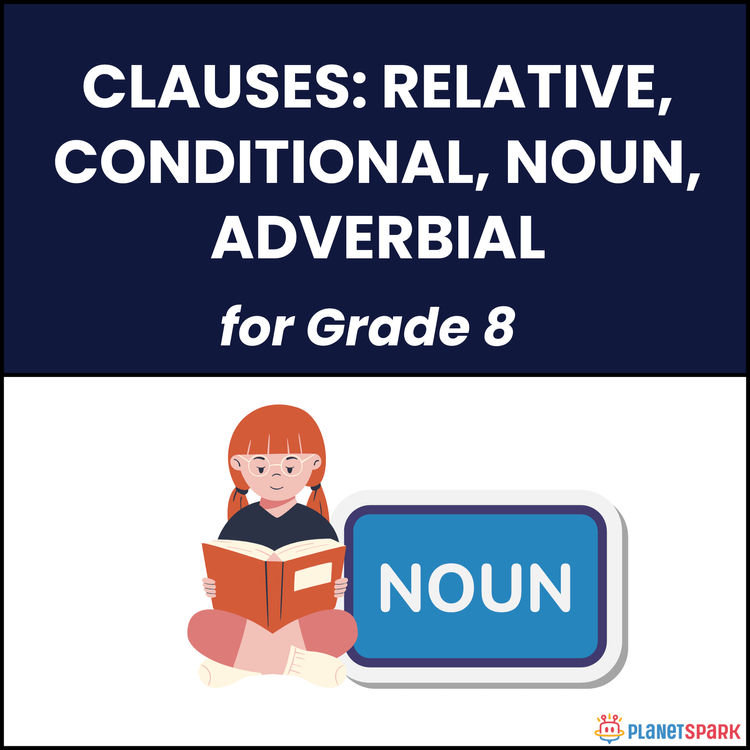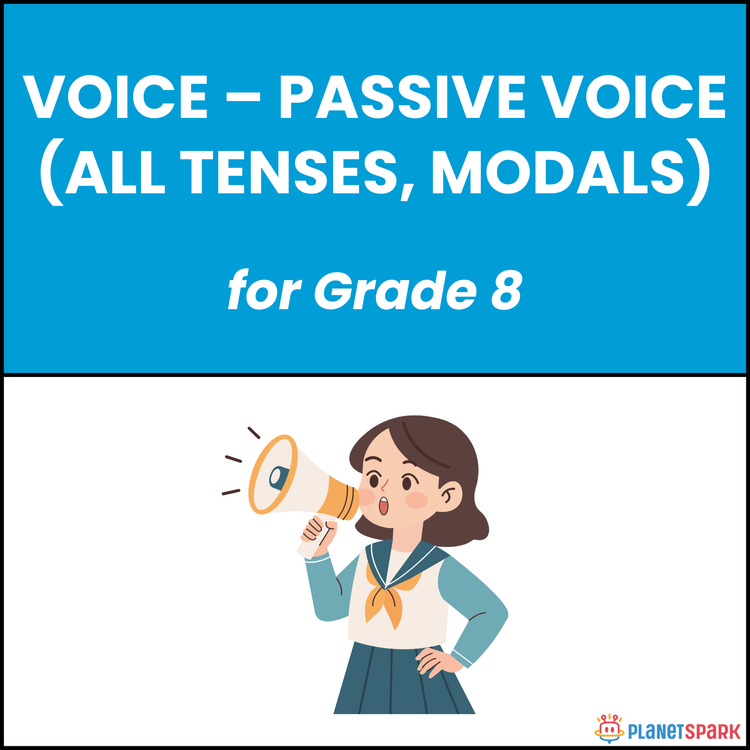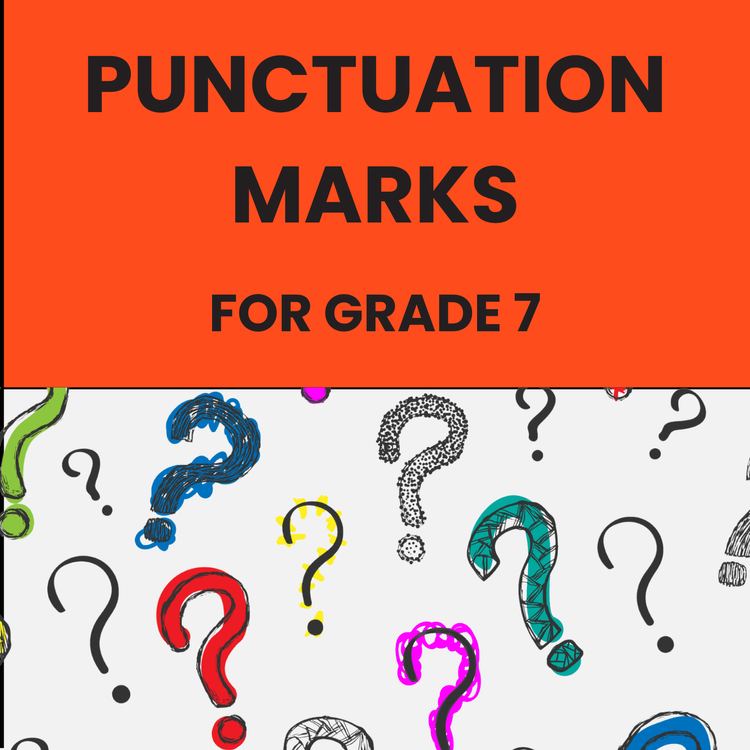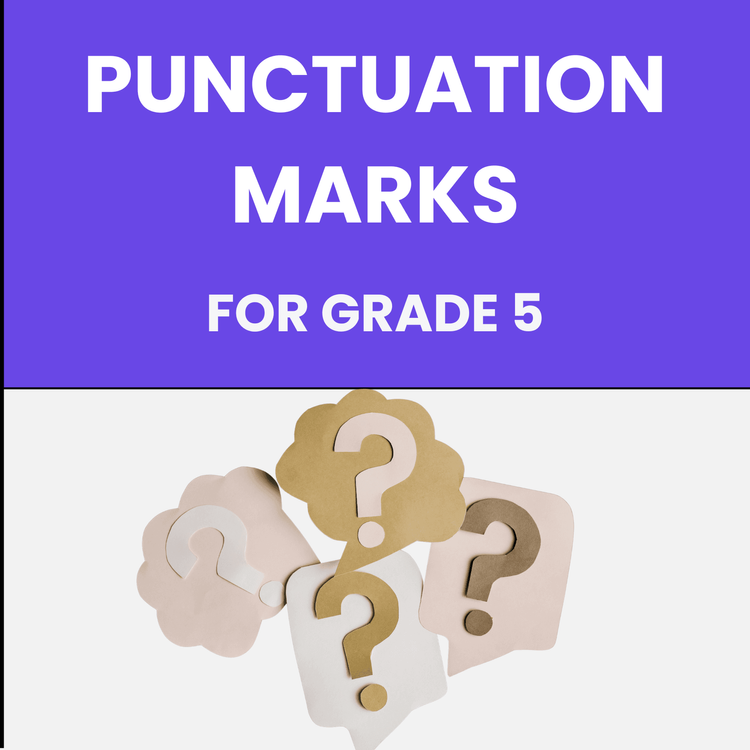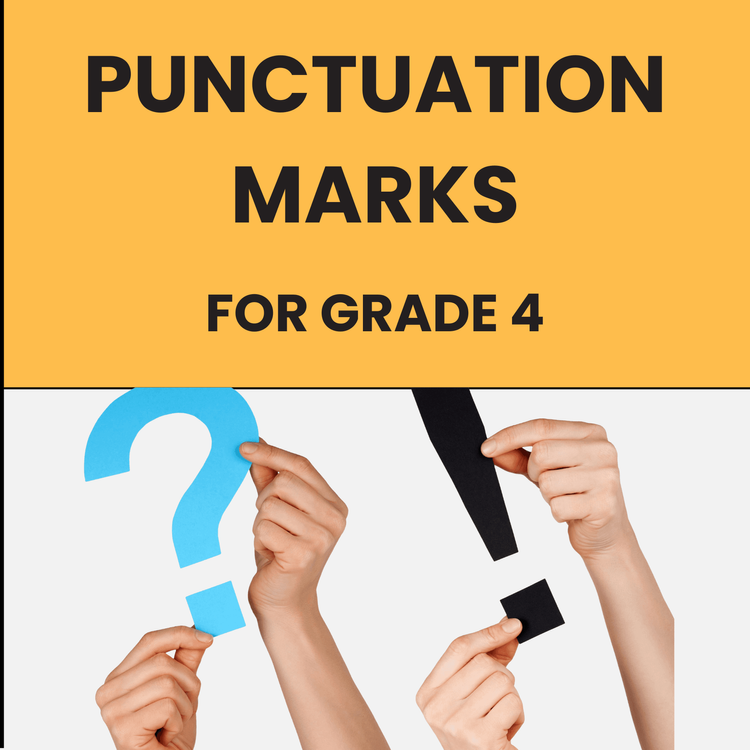Class 8 Homophones and Homographs Sheet
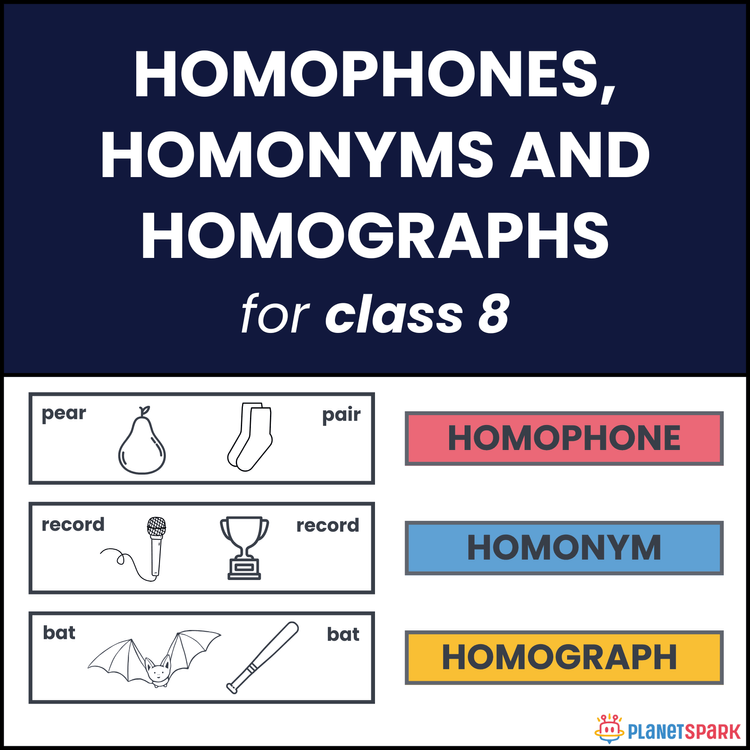

Class 8 Homophones and Homographs Sheet
Same Sound, New Meaning: Homophones, Homonyms & Homographs for Class 8
This advanced Class 8 worksheet builds mastery of similar-sounding and similar-looking words through homophones, homonyms, and homographs. From sentence completions to dual-meaning constructions and word identification, students sharpen vocabulary, context understanding, and writing accuracy.
Why These Word Types Matter in Grammar?
This worksheet helps learners:
1. Distinguish between words with similar spellings, sounds, or forms.
2. Use context clues to identify correct meanings and word types.
3. Strengthen vocabulary, reading comprehension, and expression.
What’s Inside This Worksheet?
This worksheet features five carefully structured activities:
🧠 Exercise 1 – Match Words with Meanings
Students match tricky words (like *peer, refuse, incense, bass*) to their correct definitions.
✏️ Exercise 2 – Complete Sentences & Use in Dual Context
Part A: Choose the correct homophone in sentences.
Part B: Use homonyms like *strike* and *express* in two distinct contexts.
📝 Exercise 3 – Choose the Correct Word
Learners complete complex sentences by choosing the correct word from homophone or homograph pairs.
🔍 Exercise 4 – Identify the Type (Homophone / Homonym / Homograph)
Using visuals and clues, students select the correct word and classify it accurately.
✍️ Exercise 5 – Create Sentences with Multiple Meanings
Students write two different sentences for each word (e.g., *bow*, *lie*, *sole*) to show different meanings.
✅ Answer Key (For Parents & Educators)
Exercise 1 – Match the Word to the Definition
1. Complement – A word meaning to flatter or complete nicely
2. Peer – A person who is equal in status or ability
3. Bass – A deep-voiced fish or a low musical tone
4. Incense – A strong-smelling substance burned for aroma
5. Capital – A city that serves as the seat of government
6. Refuse – To decline or reject something
7. Desert – To leave or abandon someone/something
8. Watch – To observe something
9. Tire – To become weary or an outer part of a wheel
10. Spring – To jump / A water source
Exercise 2
Part A
1. stationary
2. cite
Part B – Sample Responses
Strike
1. The workers planned to strike against unfair policies.
2. Lightning can strike during a storm.
Express
1. She will express her gratitude in a letter.
2. I took the express train to Delhi.
Exercise 3 – Choose the Correct Word
1. reel
2. site
3. pause
4. beacon
5. emanate
6. affect
7. appraise
Exercise 4 – Identify and Classify
1. send – Homograph
2. steer – Homograph
3. reel – Homograph
4. bend – Homograph
5. provoke – Homonym
6. case – Homonym
Exercise 5 – Sample Sentences
Bow
1. He tied the gift with a red bow.
2. The dancer gave a graceful bow after the performance.
Sole
1. The sole of my shoe is worn out.
2. She is the sole owner of the bakery.
Lie
1. I had to lie down after lunch.
2. He told a lie about his homework.
Tear
1. A tear rolled down her cheek.
2. Be careful not to tear the paper.
Give your child the tools to master confusing English words with this high-rigor, high-fun worksheet on homophones, homonyms, and homographs!
🔖Book a free trial
Frequently Asked Questions
Homophones sound the same but have different meanings (e.g., pair/pear). Homographs are spelled the same but may sound different and mean different things (e.g., lead [metal]/lead [to guide]).
Use sentence-based tasks that show context. Example: “The wind blew hard” vs. “Please wind the clock.” Activities like fill-in-the-blanks and sentence creation build real understanding.
Because they rely on pronunciation and context. Students may write “their” instead of “there.” Consistent practice with meaning-based examples helps clear confusion.

